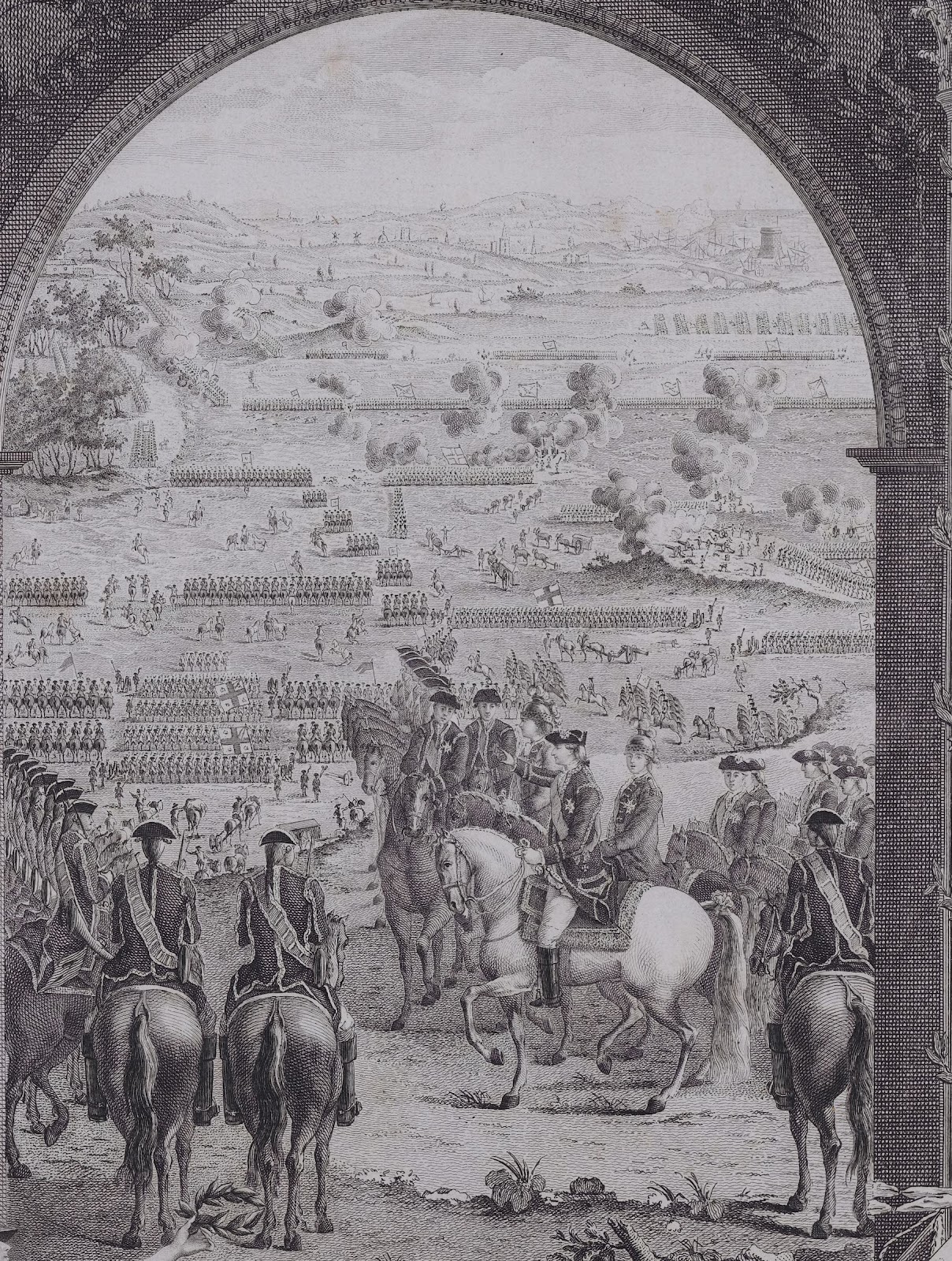Salvete Omnes,
a short entry but with imagery in mind - XVIII century cavalry and military minds.
Comte Drummond de Melfort (1726-1788), being a French arts of war practitioner and writer, published a book on the Cavalry (Traite de Cavalerie) - available via Archive World Library.
I corralled some illustrations from this volume.
.
 |
| horse studs were the basis for establishment and maintenance good cavalry body in the pre-mechanized world |
having fought under marechal Maurice de Saxe our veteran officer quotes his commander in his introduction.
He mentions Normandy as the preeminent horse country, horses of Normandy are fit to be used for hunt (chase), fore the king's court, for the cavalry, for dragoons, as the mounts of officer corps. Next come the horses of Brittany, fit for the cavalry service of any type. The horses from Franche-Comte and Picardie are fit for the service of artillery.
Next the horses for the light cavalry, according to general Drummond, are bred and come from the provinces of Navarre, l'Auverge, le Morvan and Lorraine Allemande (German Lorraine) and are the best .
Horses needed to forage and feed daily - le comte Drummond addresses this issue as well - two plates on forage
enjoy
Valete






